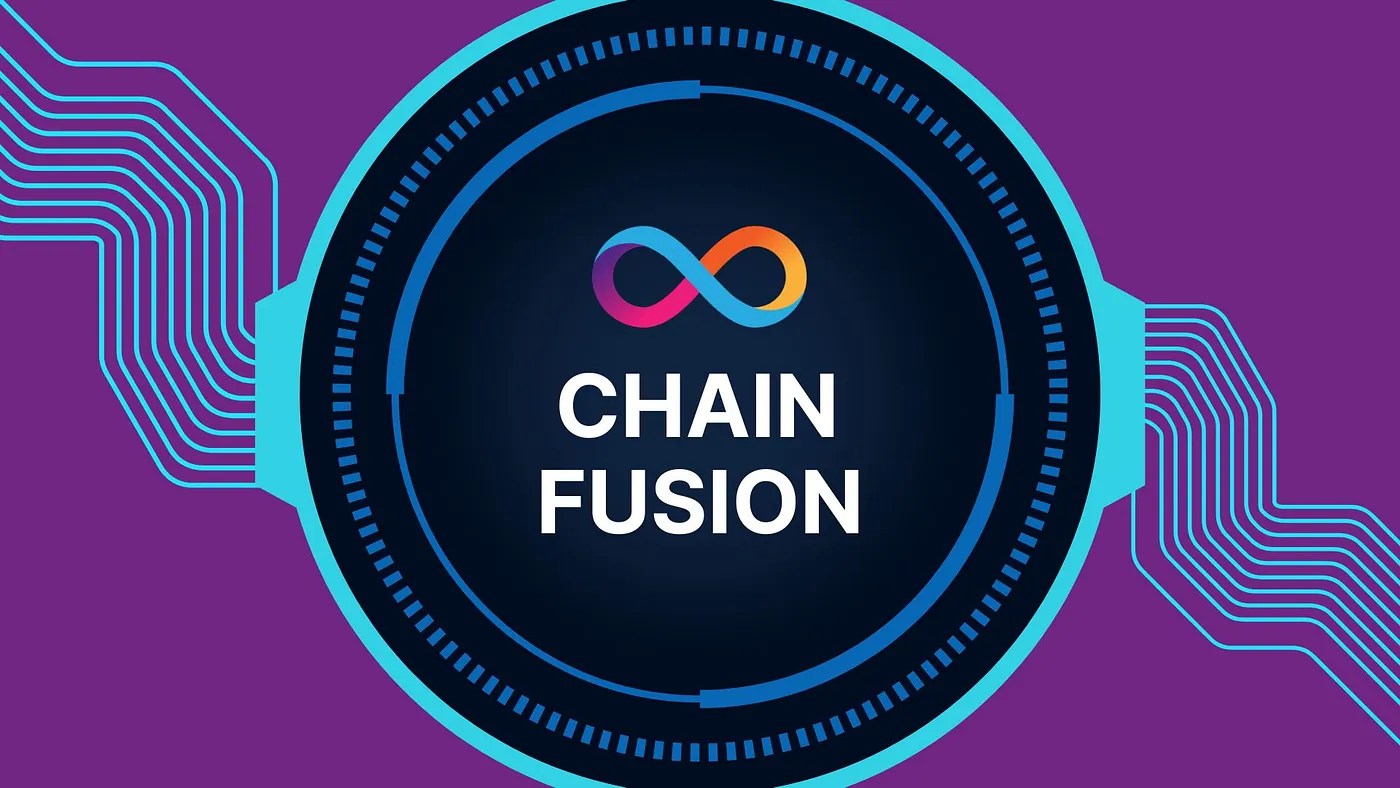
Breaking Down Chain Fusion: ICP and Cross-Chain Blockchain Challenges
In the blockchain ecosystem, achieving interoperability has long been a challenge. Fragmentation between networks like Ethereum, Bitcoin, and others has created barriers, complicating both development and user experiences. ICP is addressing these challenges with its innovative Chain Fusion technology, which aims to unify disparate blockchains into a seamless environment.
Understanding Chain Fusion: The Core of Multi-Chain Interoperability
Chain Fusion operates as an interoperability layer within ICP, creating bridges between different blockchain ecosystems. Unlike traditional cross-chain solutions that require third-party intermediaries, Chain Fusion leverages ICP’s unique chain-key technology to allow direct interactions.
Using Chain Fusion, canister smart contracts on ICP can both initiate and execute transactions on external blockchains, establishing a decentralised, secure, and efficient multi-chain environment. At the heart of this system lies threshold signing, a decentralised key management approach that splits private key control across multiple nodes. This feature reduces single points of failure, securing cross-chain operations with enhanced reliability and resilience.
The Advantages of Chain Fusion: Enhancing User Experience and Security
Chain Fusion is transforming the crypto landscape by unlocking advanced interoperability. Now, developers can build dApps that span multiple blockchains, bringing users a smoother experience that feels closer to traditional Web2 applications. By integrating various blockchain ecosystems, Chain Fusion reduces friction for users interacting with assets across different networks, creating a cohesive digital experience.
Moreover, decentralised key management in Chain Fusion offers stronger security for cross-chain transactions. This eliminates reliance on third-party custodians, enabling a more transparent, user-centered experience with minimal security risks. The robust compute and storage capabilities of ICP further enhance performance, enabling developers to create scalable, complex multi-chain applications with confidence.
Real-World Applications: Diverse Use Cases Across DeFi
The potential applications of Chain Fusion are far-reaching, especially in the DeFi space. Imagine a decentralised exchange that seamlessly supports asset swaps across Bitcoin, Ethereum, and Solana — this is now possible with Chain Fusion. Additionally, cross-chain lending protocols could leverage Chain Fusion to support multi-ecosystem collateral, enabling users to borrow against assets in diverse blockchain environments without the need to bridge funds manually.
Beyond DeFi, Chain Fusion enables development of in-browser multi-chain wallets, allowing users to manage their assets across various networks in one place. Automated services can operate across chains, executing functions autonomously without compromising security, opening doors to more powerful, user-friendly dApps.

Future Developments: Expanding Chain Fusion’s Capabilities
ICP’s roadmap for Chain Fusion includes ambitious plans to broaden its interoperability. The integration of an Ethereum Virtual Machine (EVM) within a canister will allow developers to execute Ethereum smart contracts directly on ICP, providing a low-fee, high-performance environment. Similarly, the anticipated chain-key Solana (ckSOL) token will make Solana’s assets accessible on ICP, further widening its cross-chain capabilities.
A significant advancement is the planned integration with Circle’s Cross-Chain Transfer Protocol (CCTP), which will enable native support for the USDC stablecoin within ICP. These features, combined with fully decentralised Bitcoin and Ethereum explorers powered by ICP, are set to make Chain Fusion a critical infrastructure for the decentralised ecosystem.
Impact on Blockchain Adoption: A New Standard in Interoperability
Chain Fusion’s ability to merge different blockchain networks into a cohesive experience has the potential to revolutionise blockchain adoption. By simplifying cross-chain interactions, it lowers the barriers for new users while providing robust, user-centric tools for developers and enterprises. This innovation could accelerate the development of novel dApps that tap into the unique advantages of each blockchain network, ultimately delivering more value and usability to the ecosystem.
However, as with all powerful tools, responsible implementation and user education are essential. Developers need to recognise the intricacies of cross-chain operations, and users must understand potential risks. This new level of interoperability demands thoughtful design to maintain security, scalability, and reliability.
Chain Fusion as a Pivotal Moment for Blockchain Interoperability
Chain Fusion is more than an incremental improvement; it’s a fundamental leap in blockchain technology, bridging once-isolated ecosystems and paving the way for a more interconnected web
For developers, it simplifies cross-chain development while enhancing security and efficiency. For end-users, it offers an intuitive and unified multi-chain experience. As ICP continues to expand Chain Fusion’s capabilities, this technology is poised to become a central driver in the blockchain industry’s evolution — transforming not only how we build dApps but also how we engage with decentralised finance, digital identity, and beyond.

